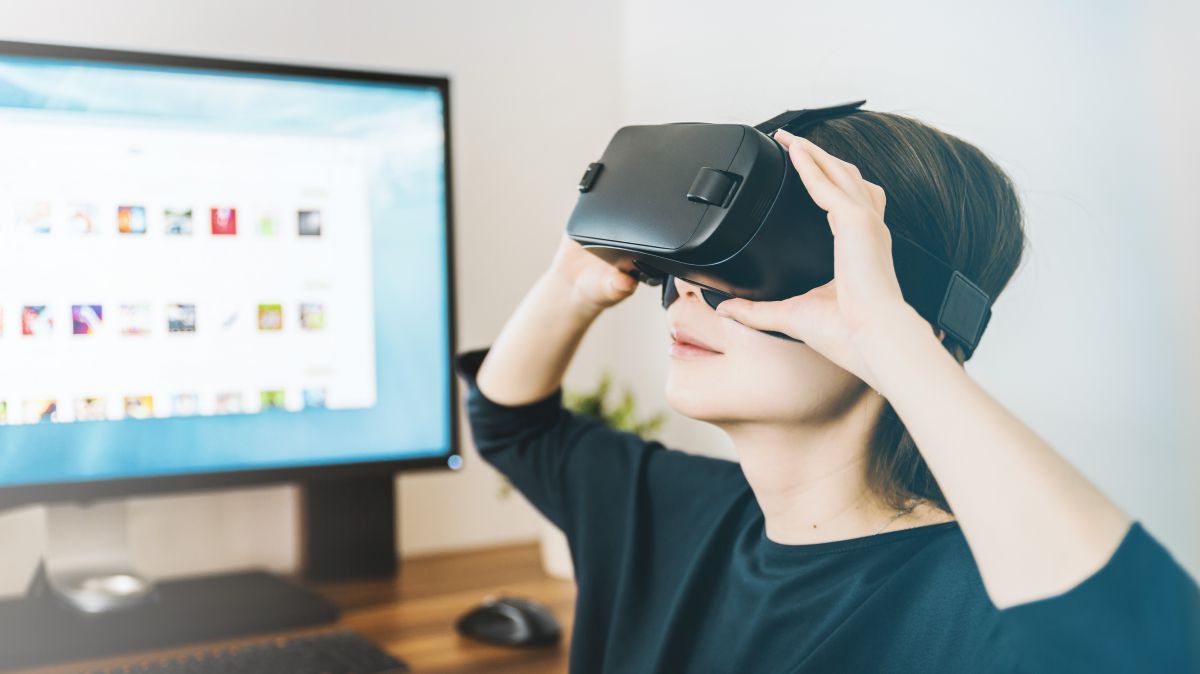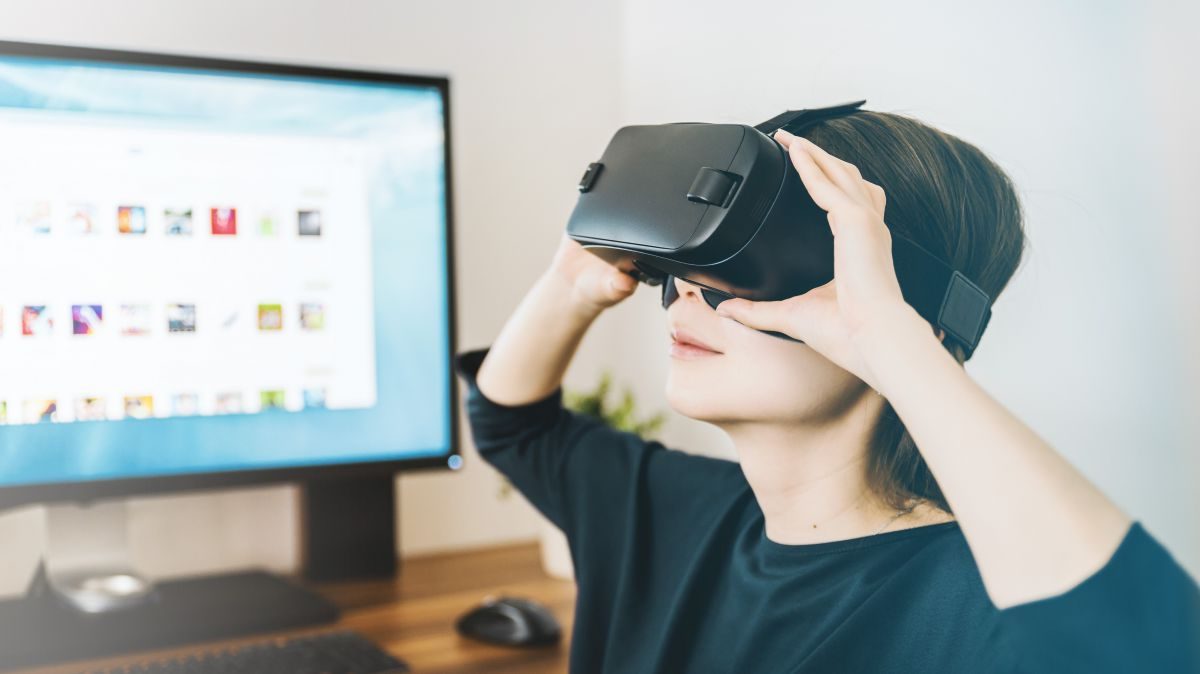
It’s no secret that retail revenue is shifting from bricks to clicks. In the last few months alone, we’ve seen an array of store closures, with prominent UK brands such as Marks & Spencer and House of Fraser closing 100 and 31 stores respectively. Further still, it appears this issue is fast becoming a global epidemic, with US stores such as Sears shutting up shop for 42 stores. Unfortunately for retailers, the light at the end of the tunnel seems to be moving further away. It’s time for a rethink.
In this hyper-connected world, consumers are progressively exercising their freedom to shop 24/7, with online sales growth in apparel rising more than 25 per cent year-on-year – growing faster than total retail sales. As a result, retailers are under increased pressure to meet rising consumer demands of shopping where they want, when they want, and how they want. This digital urgency is now creating a further shift in behaviour. Online apparel customers are starting to trade in-store changing rooms for the privacy of their own home, establishing what is now referred to as “Home-Try-On” (HTO) behaviour.
The dangers of try after you buy
The challenge with this shift in behaviour is that the return rate for online apparel sales is significantly higher than in-store sales – more than 40 per cent within women’s apparel. Unfortunately for retailers, it is not uncommon for consumers to purchase multiple sizes of the same product, knowing in advance that they will be returning some – if not all – of the items purchased.
This change is having a profound impact on retail supply chains and online profitability. In addition to mastering the art of home delivery (also called ‘last mile’ or ‘final mile’ delivery) through direct-to-consumer fulfillment operations, retailers must also absorb the cost of direct order processing, handling and shipping. Further still, on top of those costs are all the costs associated with higher returns, including opportunity cost in lost sales resulting from having merchandise trapped in the HTO cycle.
Consequently, the profitability for online apparel sales is not great when compared to traditional brick-and-mortar sales. However, with physical store revenues on the decline and shops continually closing as a result, retailers are finding themselves in a catch-22.
Virtual reality: tech to the rescue
A solution that is showing promise is linked to re-establishing the in-store change room online, just as we created an online equivalent to in-store shopping. Virtual reality technology has now reached a point at which apparel retailers can integrate virtual changing rooms into their online stores. In fact, the use of interactive displays, magic mirrors and kinect technology to virtually “try-on” products is already increasingly apparent in “phy-gital” stores – and we are seeing an increasing focus on creating engaging experiences via mobile apps when consumers are at home. This is being rapidly adopted across retailers, but is particularly prevalent in apparel and home goods and furnishings. Soon, consumers may be able to recreate an entire virtual store while sitting on their sofas, using augmented reality headsets, and be able to virtually pick and place products in their virtual shopping baskets.
Further still, apparel and sporting goods retailers may soon be able to send completely personalised brochures showing the consumer themselves dressed in the latest products, or picturing their new sofa sitting in their actual living room, leading to an instant purchase decision.
A study by professors Santiago Gallin and Antonio Moreno demonstrated that this approach can lead to impressive results. The Value of Fit Information in Online Retail: Evidence from a Randomized Field Experiment found that leveraging virtual reality technology to establish online virtual change rooms resulted in a whole host of improvements for retailers. From higher conversion rates (+6.4%), higher order value (+1.6%), and lower fulfillment cost (-5%), to a strong reduction in returns (-5.2%), virtual reality made the difference.
The study also highlights the ability of virtual reality technology to modify consumer behaviour, reducing the HTO effect by 25%. All of this leads to a higher net profitability per order, estimated at an increase of around 13%, even hitting 20% for those retailers who had a return rate of over 40% prior to enabling a virtual changing room.
Investing time, increasing loyalty
An additional finding in the study is the increase in consumer loyalty, along with more frequent visits to the retailer’s online store that result from incorporating virtual changing rooms. When a consumer takes the time to provide personal details (height, weight, bust size, waist size, along with hair color, skin tone, etc.) needed to set up their own virtual model, they have made an investment in their relationship with the retailer. Consumers who create their own 3D model, create and assemble their own outfits and vividly explore a brand’s offering are more likely to imagine themselves owning the brand’s collection. The relationship has evolved from transactional to loyal and personal, and total customer value increases along with per order profitability.
Several software platforms exist that can be used to launch an online virtual change room. The key is selecting one that fits within your brand’s online store and contributes to the consumer experience you want to promote. In addition, online content must be digitally enabled to allow consumers to outfit their 3D model.
However, not all content must be digitalised in order to launch or to capture maximum returns on your investment. If you strategically select what to digitalise, a consumer can virtually experiment with portions of an apparel collection, providing sufficient insights into fit and size that enable the consumer to purchase non-digital listed items.
Virtual online changing rooms demonstrate significant promise in addressing numerous challenges in online sales faced by apparel retailers today. With experts predicting that VR – along with other disruptive technologies such as AR and AI – will completely change the way consumers shop by 2050, now is the time for retailers to act. Artificial intelligence will make it easier to process reams of data to analyse, generate insights and develop foresight into consumers, and AR and VR will change the way consumers interact with the world around them, but one thing won’t change: the basic need of the consumer to be valued and recognised as individuals.
Retail leaders who continue to attract, guide, surprise and inspire consumers will continue to rake in the biggest share of consumer spending – and VR is one key way to do this. From headsets that gauge customer mood in the lighting and atmosphere of a simulated store, to interactive experiences with products and AI assistants, the future of shopping involves a merging of the physical and digital worlds. Retailers hoping to survive this turbulent period must ensure they become a part of the technology revolution. The rules of the revolution are simple: adapt to meet growing consumer demands, or face getting left behind.
Manu Tyagi, Associate Partner, Retail at Infosys Consulting
Sylvie Thompson, Associate Partner, Supply Chain at Infosys Consulting
Image Credit: Jeshoots / Unsplash

